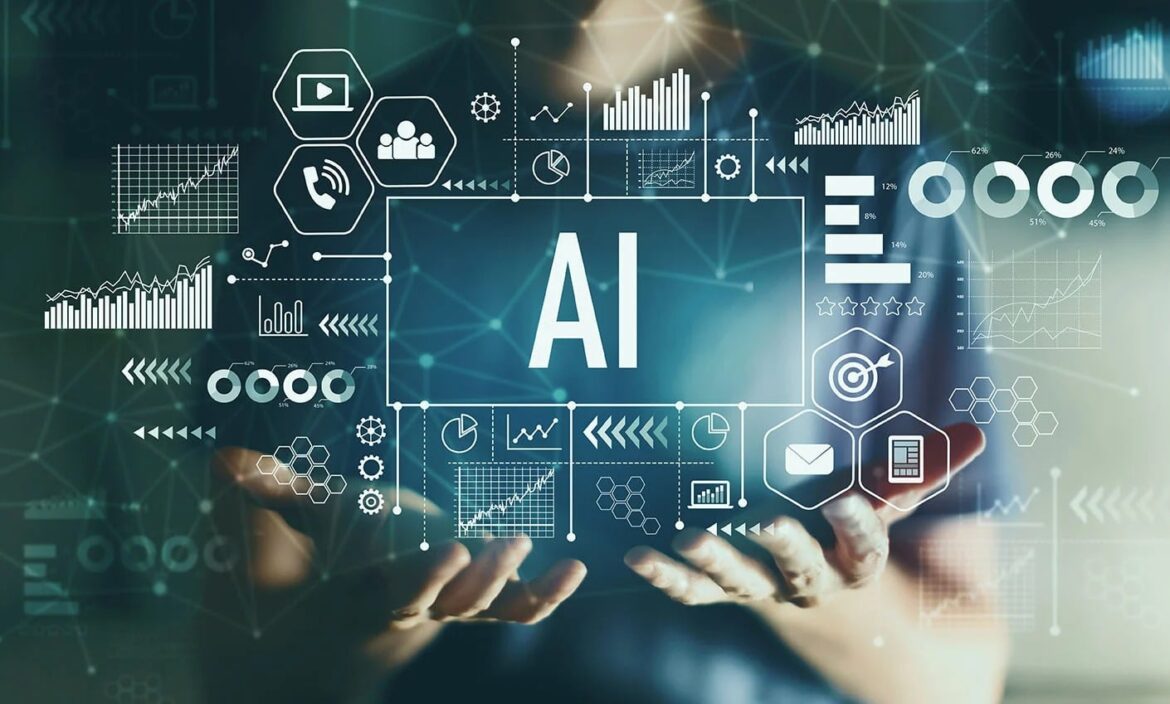Languages can now be learned with AI and the appropriate tools, even if you don’t necessarily want to attend a language course.
Language learning with AI: How language teaching is changing
AI is revolutionizing the fashion and media world, but it can also be applied to other areas. If you want to learn a new language or perhaps even have to for professional reasons, you can take advantage of the increasingly helpful artificial intelligence. This is giving rise to new methods and tools that you can use to learn almost any language or teach it as a teacher.
- AI-based language learning programs adapt to the individual learning progress and offer personalized learning experiences. For example, AI programs use speech recognition to determine whether the learner is actually pronouncing the new words correctly.
- In addition, interactive exercises are possible without the need for another person to be involved in the conversation. This can be achieved, for example, through intelligent chatbots. Such exercises not only train listening comprehension, but also the ability to express oneself in the previously unknown language. AI-supported language learning platforms also enable students to learn at their own pace outside the classroom.
- When teachers use AI in language teaching, they have the opportunity to personalize their curriculum and adapt it to the needs and level of knowledge of each learner.
- Teachers can also use AI-based analytics to track student progress and adjust instruction accordingly. AI can supplement in-person instruction by providing additional practice and learning materials.
Types of AI tools in the language learning process
When AI is integrated into language learning applications, learners can improve their skills through interactive and adaptive exercises. AI tools can help you remember vocabulary, understand grammar and practice speech production. There are different types of AI-based learning tools.
- AI-based language learning apps, for example, use algorithms to tailor the learning content to the learner’s level. But for that to work, you have to feed the app a lot of information.
- The AI in language learning programs provides adaptive feedback when the learner has made mistakes. Not only does the learner recognize their mistakes, they can also correct them immediately without the need for a teacher.
- Language learning games with AI elements not only make learning more effective, but also more entertaining and motivating.
- AI-powered technologies such as virtual reality (VR) and augmented reality (AR) can also enrich the learning experience. With VR, learners can immerse themselves in virtual environments that simulate real-life situations in the target language. AR apps allow you to scan objects in your everyday life and display the names in the target language.
- AI-supported translation tools improve communication and understanding between people speaking different languages. Nevertheless, artificial intelligence is of course still limited, especially when it comes to linguistic subtleties such as sarcasm and irony.

